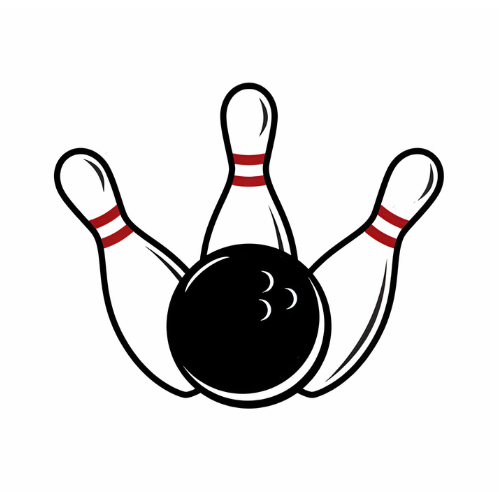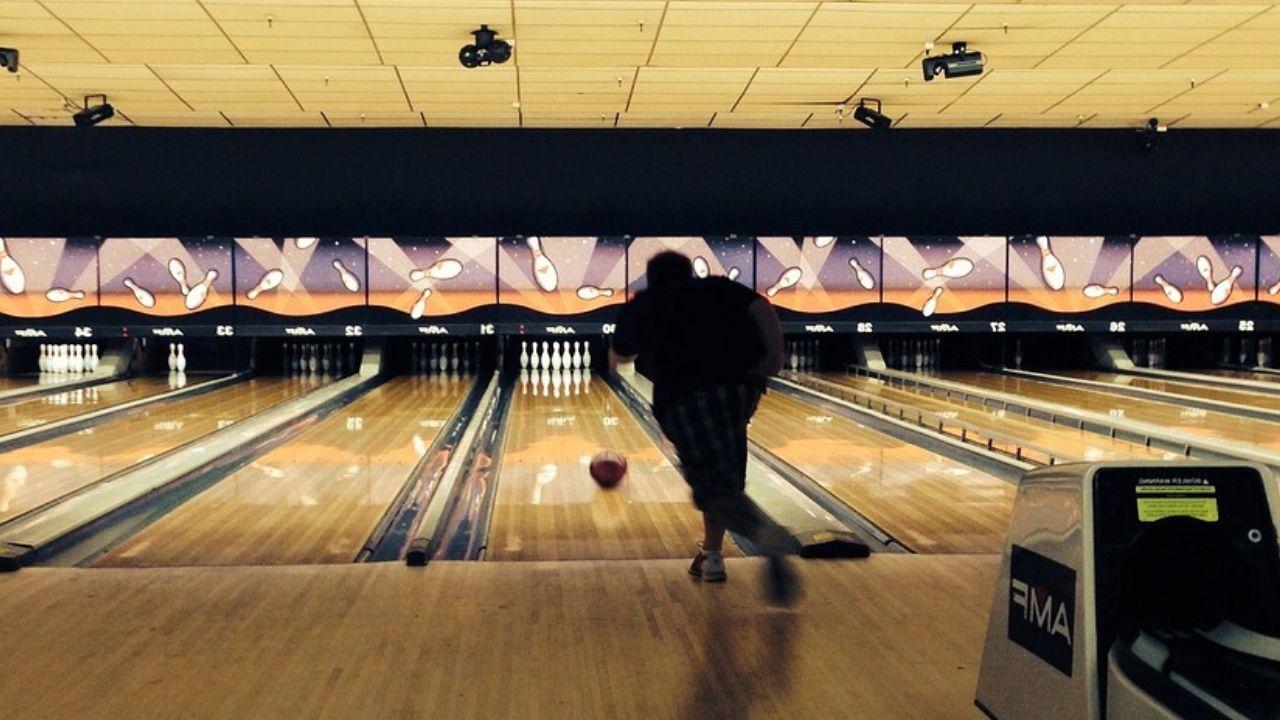Typically, up to six players can share a single bowling lane during casual play. Leagues and tournaments may have specific guidelines.
Bowling is a popular recreational sport enjoyed by many, appealing to a diverse audience from casual players to serious league competitors. A standard bowling lane can comfortably accommodate a group of up to six individuals, striking the perfect balance between camaraderie and pace of play.
This player limit ensures that everyone gets ample turns while maintaining an engaging rhythm to the game. This capacity can vary slightly depending on the bowling alley’s policies or the nature of the event. Whether it’s a family day-out, a friendly competition, or part of a local bowling league, understanding how many players can bowl on a single lane is essential for a smooth and enjoyable experience. By catering to small groups, bowling alleys foster an environment that’s conducive to both intimate gatherings and the seamless progression of the game.

Credit: www.nationalbowlingacademy.com
Striking The Balance: Optimal Players Per Lane
Knowing the right number of players for a bowling lane ensures fun for everyone. The industry standard suggests a maximum of six players per lane. Comfort and pace of play are key factors in this recommendation. With more players, wait times increase, which might lead to restlessness among participants. Games last longer, which is not always ideal for groups with children or tight schedules. It’s worth mentioning that private events might have different needs. Large parties may require more flexibility with player counts per lane.
Bowling alley policies can vary, so always check ahead. Centers may adjust player limits based on peak times or special events. For a smooth experience, aim for four to five players. This strikes the perfect balance between gameplay enjoyment and efficiency.
Singles And Doubles: The Classic Bowling Experience
Solo play in bowling allows a single player to hone their skills. With no teammates, the player focuses solely on improving technique and consistency. This style of play is excellent for tracking progress and perfecting the game.
Doubles bowling brings two players together on one lane. It offers a blend of companionship and friendly competition. Teams can strategize and encourage each other, making the experience both fun and collaborative.
Group Dynamics: Adding More Players
Group dynamics change with the number of players in a bowling game. A team of three to four bowlers ensures a swift pace, maintaining momentum and excitement. Each player has minimal wait before their next turn. This optimizes player engagement and keeps the energy high.
Five to six players require effective management of wait times to avoid frustration. Short breaks between turns can be strategic. They provide time to discuss techniques, enjoy snacks, or socialize. Yet, it’s crucial to monitor the pace to keep everyone attentive and invested in the game.
Party Time: Bowling With Large Groups
Planning a bowling party for a large group needs careful thought. Normally up to six players fit comfortably on a single lane. But, with seven or more, planning becomes crucial.
Most bowling alleys allow up to eight players per lane. Yet, more players mean longer wait times. This can affect enjoyment. To keep the fun going, book additional lanes. Two lanes for ten players is ideal. This setup maintains a good pace and enough playtime for everyone.
Remember to check with the alley ahead of time. Some places have special rules for big groups. They might offer party packages to help. Choose a time that’s not too busy. A weekday evening or late at night could be best. This way, your group gets the best experience.
The Impact Of Extra Players On Game Play
Understanding player rotation strategy in bowling is crucial. A group of players takes turns to bowl. Usually, each player has a set frame to play. With each player waiting for their turn, the game’s pace is maintained. One key aspect is to ensure everyone gets equal chances.
With more players on a lane, the competition heats up. Scoring becomes a focal point. Players aim for strikes to gain an edge. A higher number of players means it’s tougher to predict the winner. Each player’s score impacts the overall competition level.
Tips For An Enjoyable Bowling Experience
Hosting a birthday party or a company event? Four to six players per lane works great. This size allows everyone to play and interact comfortably. A family outing? Stick to four players for the perfect balance of fun and bonding.
Seeking a competitive edge? Keep it to two to three bowlers per lane. This setup fosters focus and frequent turns. For casual play, five to eight people can share a lane. Although more waiting, it boosts socializing and excitement.
FAQ
How Many People Can You Have On A Bowling Lane?
Typically, up to six people can bowl on a single lane during recreational play. It ensures a smooth pace of game and enjoyment for all players.
Can 6 People Bowl In One Lane?
Yes, six people can bowl on one lane. Most bowling alleys allow 6-8 players per lane for recreational play.
How Many Can Bowling Players Can Play In One Alley?
Up to six players can typically play in one bowling alley lane during casual play. For competitive play, the number may differ.
How Many People Can Be On One Bowling Screen?
Typically, one bowling screen can accommodate up to 6 players for a single game. This ensures each player has enough turns and the game progresses smoothly.
Conclusion
Bowling together fosters camaraderie and excitement. A typical lane accommodates up to six players, ensuring a fun, engaging experience. Whether planning a casual outing or a competitive event, remember this number for maximum enjoyment. Gather friends, hit the lanes, and let the good times roll!

